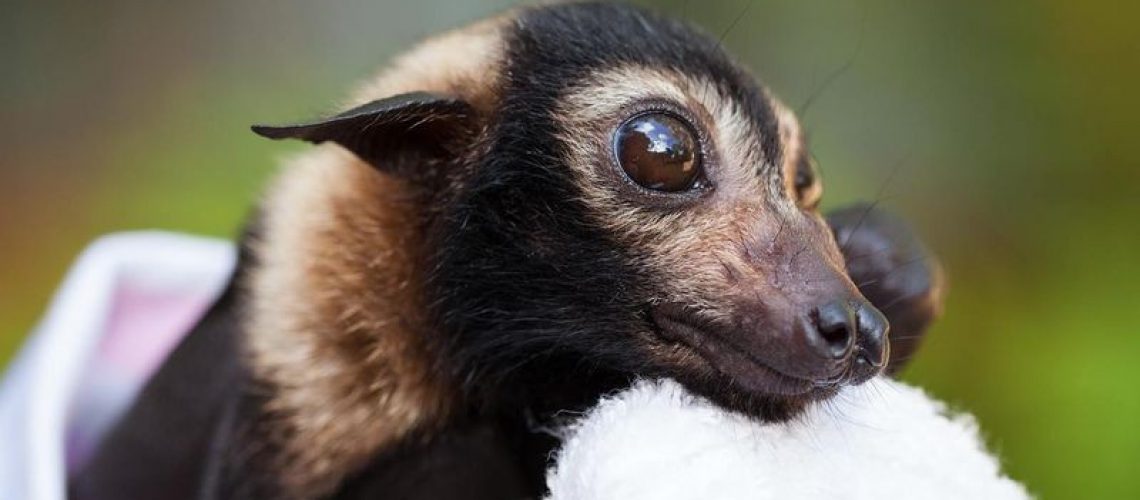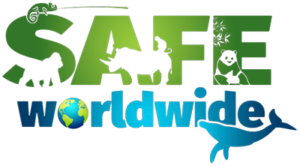
Celebrating and Appreciating Diversity
Our planet Earth thrives off of diversity. From ethnic backgrounds and cultures to the beautiful biodiversity exhibited in Earth’s coral reefs, it is evident in many ways that diversity is what strengthens humanity and wildlife. Diversity has a plethora of benefits, including a variety of perspectives, increased creativity & productivity, boosted performances, and a stronger global impact. No community or species was created to thrive alone, we are created to collaborate with one another.
One of the biggest threats to biodiversity is extinction. Wildlife was made miraculously with each species reliant on one another. Human intervention and natural causes have impacted millions of species creating a domino effect of tragedy in their environments. Currently, humans take up more space on Earth, contributing to polluting animal habitats. Pollution has varied effects on wildlife. Air pollution contributes to the respiratory systems of wildlife leading to respiratory and lung diseases. Water pollution can poison the water needed for drinking and living for millions of species leading to terrible consequences for animals. Noise pollution can lead to stress and harm the immune system of animals. Overall, the impact of human inventions has numerous negative impacts on animals. This doesn’t even include the devastating effect of hunting which kills more than 100 million just in the United States each year. Without a doubt our wildlife needs us to help and we need them.
There are several advantages to preserving wildlife. The first being wildlife is beautiful! They deserve to be preserved for generations to come. Wildlife also preserves the culture of communities all over the world and protects the livelihoods of indigenous people. Wildlife contributes to ecological balance and can promote food security through their ability to protect their natural habitats. Financially, preserving wildlife serves many benefits too. There are several professions where you can directly help save wildlife, and educational and learning opportunities that can lead to great research and new discoveries for the world. Daily, 150 species go extinct. This is expected to increase as the human population continues to increase at roughly 1.05% per year.
This is where we come in. SAFE Worldwide is committed to the survival of the world’s endangered species through education and influence of local, regional and social masses by creating programs that help species in danger of extinction. As we continue to confront the legacy of animal injustice, we can use our diverse networks and develop a multifaceted impact tackling Animal activism worldwide. This is where you come in! Community engagement is an undervalued tool that is key to reaching our goals. It truly takes a village, or community, to make substantial change in the world. In this generation we place too much value on innovation, and the idea of who’s going to be the one to solve this problem or create the next solution. Instead, we should focus on coming together and combining our strengths.
We are diverse people, with diverse strengths that can be used to help the world as a whole. 2020 stood out as a year none of us will forget. Through the tragedy there was a sense of triumph. A sense of proving that coming together can and will make a difference. The civil unrest of 2020 proved that a passion for justice is not specific to one race, one community, or one gender. On the contrary, it is specific to all people. We are responsible to be active bystanders in the face of injustice. We are now more accessible to information than any other generation. We have the capability to find problems, educate ourselves, and work towards solutions. Technology has enabled instant communication to enlarge our communities like never before and collaboratively work towards a cause.
This work doesn’t have to be extraordinary, it can be taken one day at a time. Contributions can be as simple as sharing a social media post, or educating yourself through our YouTube videos and teaching others. We can continue to do what we do through the support that we have from our community. Spread our message and take a step with us to save wildlife.
Information From & Learn More At:
https://www.worldwildlife.org/ threats/pollution
https://www.nwf.org/Educational-Resources/Wildlife-Guide/Understanding-Conservation


